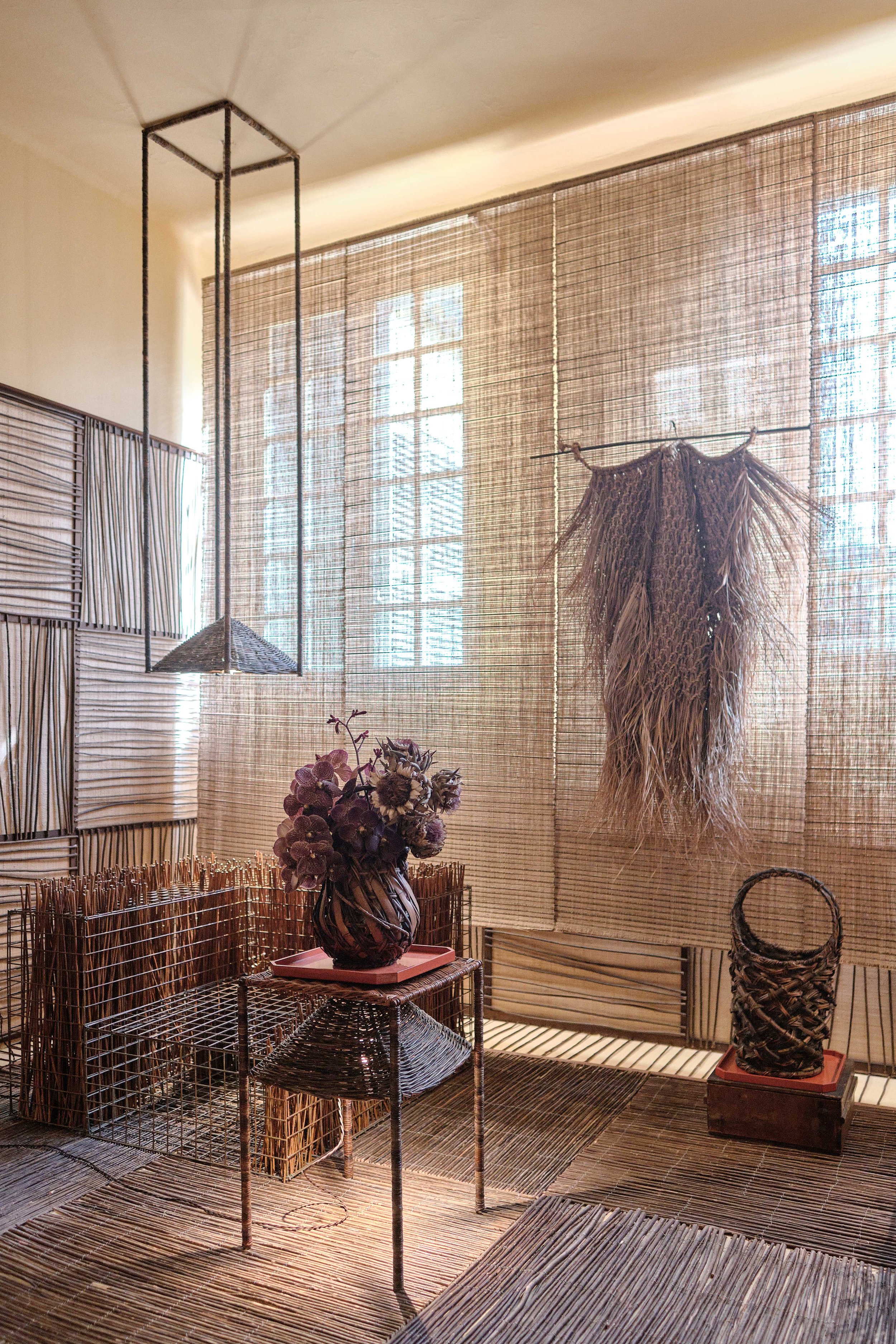Pichet à saké, Japon









Pichet à saké, Japon
Pichet à saké zoomorphe en grès à émaux de cendres, cuisson au bois
Préfecture d’Hiroshima
Travail contemporain, signé d’un cachet à l’arrière
H 20 x L 12 x l 8 cm
Zoomorphic Sake pitcher in wood-fired stoneware,
Hiroshima Prefecture
Contemporary work, stamped at the back
H 20 x L 12 x W 8 cm
Very good condition
Les cerfs Sika, légèrement plus petits que les cerfs européens, sont considérés comme des « messagers des dieux ». Selon la légende, l’une des quatre divinités tutélaires de la cité de Nara, Takemikazuchi-no-mikoto, serait arrivée en 768 à dos de cerf blanc du lointain sanctuaire Kashima-jingu (préfecture d’Ibaraki, au nord-est de Tokyo). Par la suite, les cerfs furent considérés comme sacrés : les habitants devaient s’incliner à leur passage, rappelle dans son journal un noble au XIIe siècle.
Nombreux sont les animaux qui ont gagné cette place d'animal sacré, notamment en raison de la philosophie shinto qui infuse dans la culture japonaise, et qui donne une vie et une volonté propre à chaque chose.
Cette pièce est une représentation originale du cerf comme instrument du quotidien puisqu’il sert de carafe à saké.
Il a été réalisé dans la région côtière proche de l’île de Miyajima et sa surface à l’émaillage inégal est obtenu grâce à une cuisson dans un four à bois dans lequel des cendres de bois ont été projetées jusqu’à provoquer des effets de glaçure allant du gris au brun, comme le pelage de ces petits cerfs japonais.
Sika deer, slightly smaller than European deer, are considered "messengers of the gods". According to legend, one of the four tutelary deities of the city of Nara, Takemikazuchi-no-mikoto, arrived in 768 on the back of a white deer from the distant Kashima-jingu shrine (Ibaraki prefecture, north-east of Tokyo) . Thereafter, the deer were considered sacred: the inhabitants had to bow to their passage, recalls a nobleman in the 12th century in his diary. Many animals have earned this place as sacred animals, in particular because of the Shinto philosophy that infuses Japanese culture, giving life and will to everything. This piece is an original representation of the deer as an everyday instrument, since it is used as a sake carafe. It was made in the coastal region near the island of Miyajima and its unevenly glazed surface is obtained by firing it in a wood oven in which wood ashes have been projected to the point of causing glaze effects ranging from grey to brown, like the coat of these small Japanese deer.










